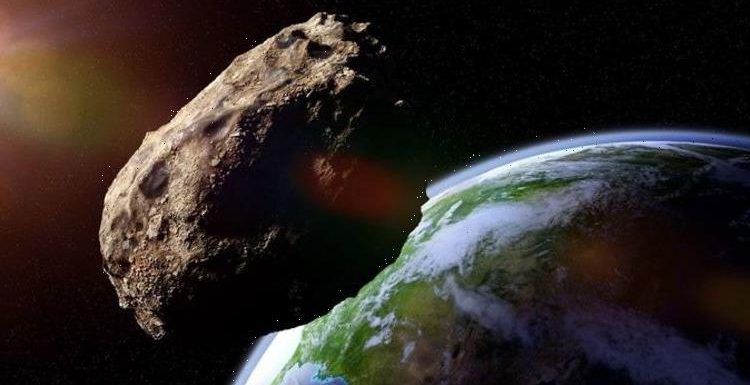
Asteroid Bennu: NASA sheds light on near-earth object
We use your sign-up to provide content in ways you’ve consented to and to improve our understanding of you. This may include adverts from us and 3rd parties based on our understanding. You can unsubscribe at any time. More info
Scheduled for 6 October, asteroid 1998 SD9 will approach Earth but only from a safe 2.5m miles distance. NASA is expecting its closest approach at around 19:53 UTC.
According to the American space agency, the size of the space rock could be anywhere between 144 and 325 feet wide.
In other words, the asteroid is bigger than London’s own Big Ben (315 ft) and New York’s Statue of Liberty (151 ft).
Fortunately, the rock was detected by NASA weeks before.
The agency issued a warning as any fast-moving space object to come within a 4.65m miles ratio around Earth is considered “potentially hazardous.”


Another asteroid was much closer to Earth in mid-September.
However, NASA did not see that one coming at all.
Named 2021 SG, the rock was reportedly half the size of the great pyramids.
NASA actually detected it a day after the asteroid tracker EarthSky.


The agency being this late means if an impact was to happen, no one would have been warned prior to the catastrophe.
The issue was that 2021 SG was coming from all scientists’ blind spots: the sun.
When asteroids are coming from the direction of the sun and heading outwards in the solar system, they are very difficult to see, due to the rays blocking our view.
This asteroid came close to Earth on 16 September from reportedly half the distance between the earth and the moon says EarthSky.
DON’T MISS:
‘Sleeping’ Biden shamed by Elon Musk for silence SpaceX flight [REPORT]
Supernova appearance to help astronomers crack cosmic mystery [PHOTOS]
Soviet Russia launched secret spacecraft to other side of Moon [INSIGHT]

With all of the tools that scientists have to detect asteroids, NASA currently has no way of detecting asteroids that are close to the sun.
However, a new telescope called the Near-Earth Object Surveyor is being launched in 2026 and will try to better detect these objects.
“Sooner or later we will get a minor or major impact,” said Rolf Densing, who heads the European Space Operations Centre (ESOC) in Darmstadt to AFP.
“It may not happen in our lifetime, he said, but the risk that Earth will get hit in a devastating event one day is very high.

“For now, there is little we can do.”
Source: Read Full Article